New research by the e61 Institute and PropTrack has revealed there’s been a significant increase in relative stamp duty costs in recent decades.
Back in the early 1980s, buyers in Sydney, Melbourne, Brisbane and Adelaide needed to do about one month’s work to cover the cost of stamp duty, assuming they purchased a median-priced property and earned the average post-tax income. But as of 2023, it takes about six months’ work in Sydney and Melbourne, five in Adelaide and four in Brisbane.
Last year, almost all buyers faced a stamp duty rate equivalent to at least 3% of the sale price, while, in the early 1990s, almost all buyers paid less than this amount.
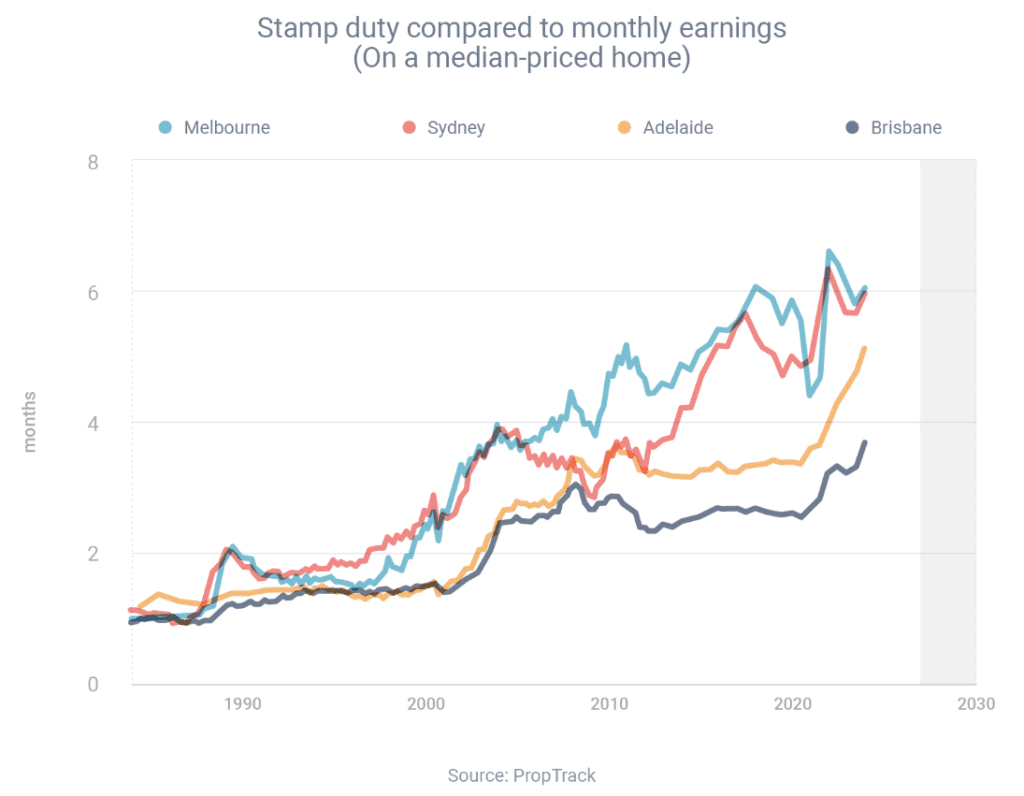
PropTrack senior economist Angus Moore said the two reasons stamp duty had become relatively more expensive were because property prices had grown faster than incomes and state governments had allowed ‘bracket creep’ to occur with stamp duty tax brackets.
“Bracket creep happens, firstly, because the price brackets have been updated only infrequently and, secondly, because home prices have grown, often substantially, since the brackets were last set,” he said.
“That means more properties have moved up the brackets and are now paying higher rates of stamp duty.”
Would you like to know more? We can help you. Schedule a call with us today.


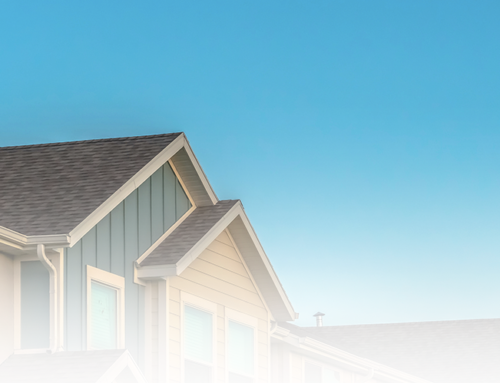
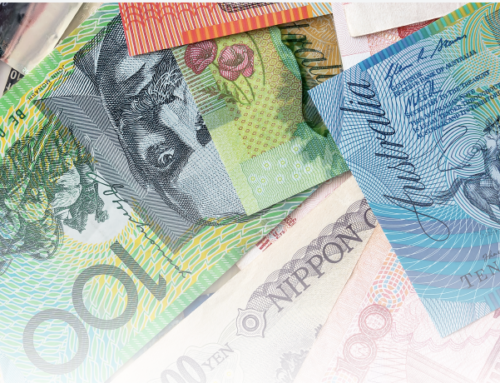
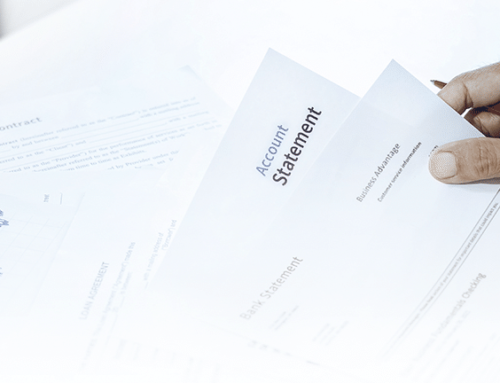


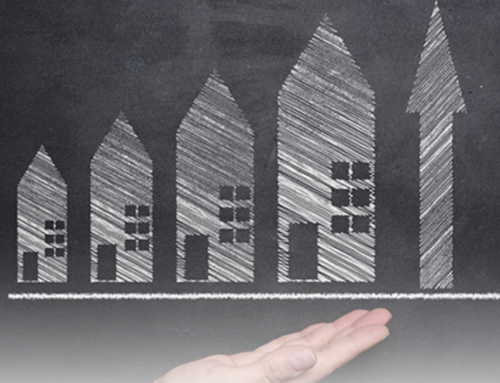

Leave A Comment